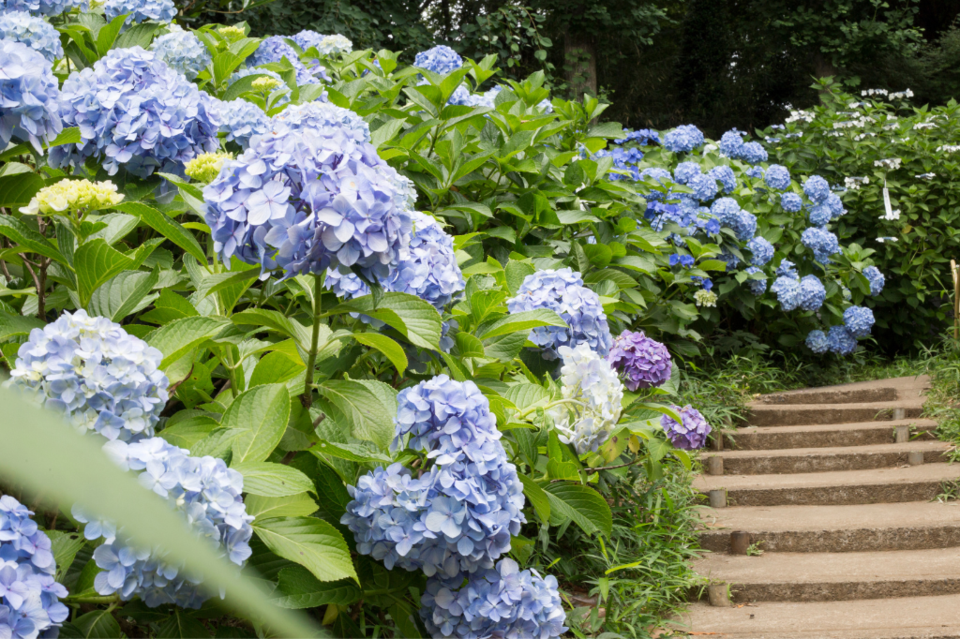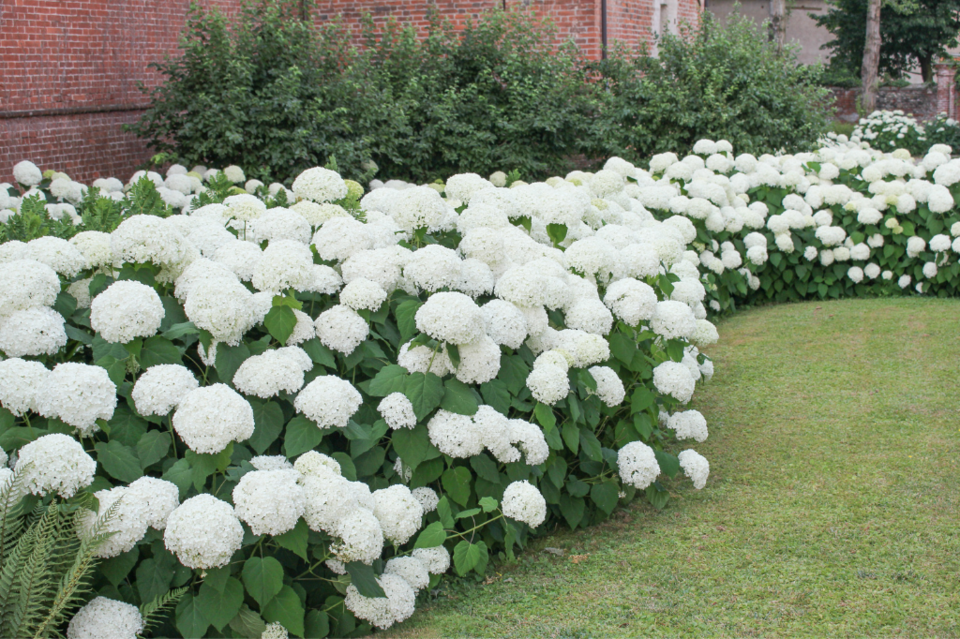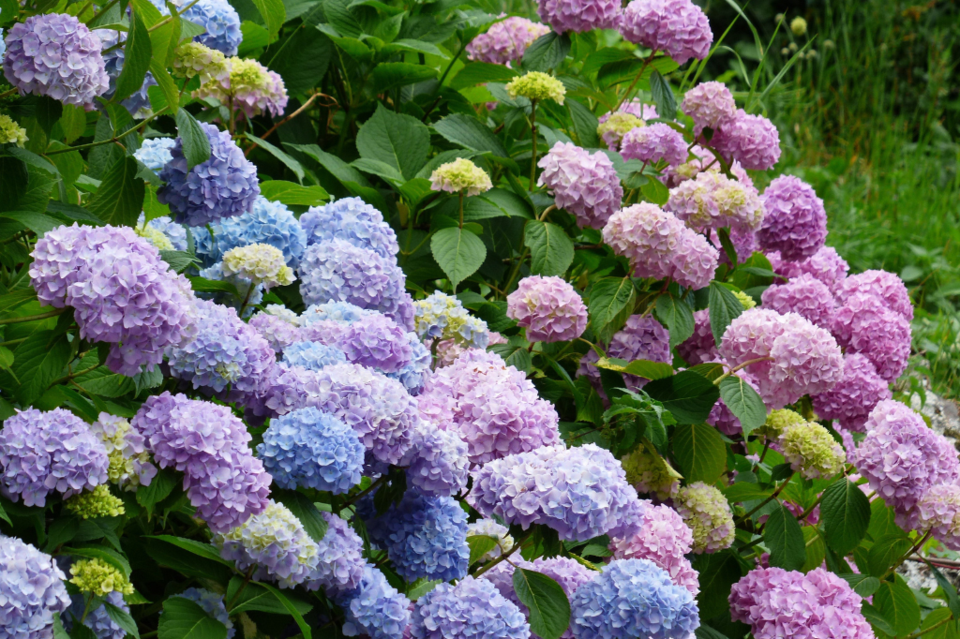Few plants offer the dramatic visual payoff of a hydrangea in full bloom. With lush foliage and colourful clusters of flowers, these hardy shrubs are easy to love—and surprisingly easy to grow. Whether you’re tucking one into a large garden bed, planting a statement shrub in a pot, or sprucing up a front entryway, hydrangeas are a low-maintenance, high-impact choice.
Find the right spot
Hydrangeas are remarkably adaptable, but their health—and flower production—depends on good placement. Most varieties prefer partial shade, especially protection from hot afternoon sun. Morning or late-day light is ideal.
If you're working with a sunnier site, West Coast Gardens says to consider panicle hydrangeas like Limelight, Pinky Winky, or Little Lime. These varieties thrive in full sun and reward you with dense, cone-shaped blooms throughout the summer.
Hydrangeas also need room to grow. Many mature to 6 feet wide and tall, so avoid crowding them too close to buildings or other plants.
Planting tips
The best times to plant are early spring or fall, when temperatures are mild and soil moisture is consistent. Dig a hole slightly wider than the root ball and plant so that the top of the root ball is level with the surrounding soil. After planting, water deeply and add a generous layer of organic mulch—like bark chips or compost—to help retain moisture and suppress weeds.

Watering: consistency is key
The name hydrangea comes from the Greek word hydor, meaning water—a clear hint at their preferences. These plants have shallow roots and dry out quickly in hot weather. Check soil moisture regularly and water deeply when needed, especially during dry spells. Keep in mind that hydrangeas in containers will need more frequent watering than those planted in the ground.
Feeding and fertilizing
Hydrangeas aren’t fussy about soil, but they do appreciate a boost. Apply compost or an organic slow-release fertilizer in early spring to support leafy growth and abundant blooms. A layer of compost mulch each year helps keep the plant thriving over time.
Understanding colour changes
One of the quirks of hydrangeas—particularly Hydrangea macrophylla—is their ability to change flower colour based on soil conditions. West Coast Gardens explains that in acidic soils (pH below 6), blooms tend to be blue. In more neutral or alkaline soils (pH 6–6.2), flowers shift to pink or red. To influence colour, you can adjust soil pH with garden lime (to increase alkalinity and promote pinks) or sulphur (to increase acidity and promote blues).
Not all hydrangeas change colour—white varieties and others like Hydrangea arborescens or quercifolia typically remain consistent regardless of soil chemistry.

Pruning without the panic
Hydrangeas don’t require heavy pruning, but a light trim can help shape the plant and remove dead wood. Timing is critical: macrophylla types bloom on old wood, meaning flower buds form the previous season. Pruning in late summer or fall can accidentally remove the next year’s blooms.
For these types, wait until flowering is done and trim only as needed—no more than one-third of the plant. If your variety blooms on new wood (like many paniculatas), prune in late winter or early spring before new growth appears.
Troubleshooting bloom problems
If your hydrangea isn’t flowering, Toronto Master Gardeners says a few common culprits might be to blame:
-
Pruning too late in the season
-
Winter damage to buds on old wood
-
Deer munching on budding stems
-
Inadequate sunlight (most hydrangeas need 4+ hours a day)
-
Too much direct sun (leaf edges may yellow or brown)
-
Over-fertilizing with nitrogen (promotes leaves over flowers)
-
Underwatering, especially during dry periods
Winter care for long-term success
To protect your plant during winter—especially if it blooms on old wood—apply 15 centimetres of mulch (such as leaves or straw) around the base in late fall. This helps insulate the plant and safeguard flower buds from cold damage. Remove the mulch only after the risk of late frost has passed in spring.
Hydrangeas are a favourite for good reason: they’re forgiving, beautiful, and deliver long-lasting colour from spring through fall. With just a little attention to location, watering, and seasonal care, you’ll be rewarded with showstopping blooms year after year.




